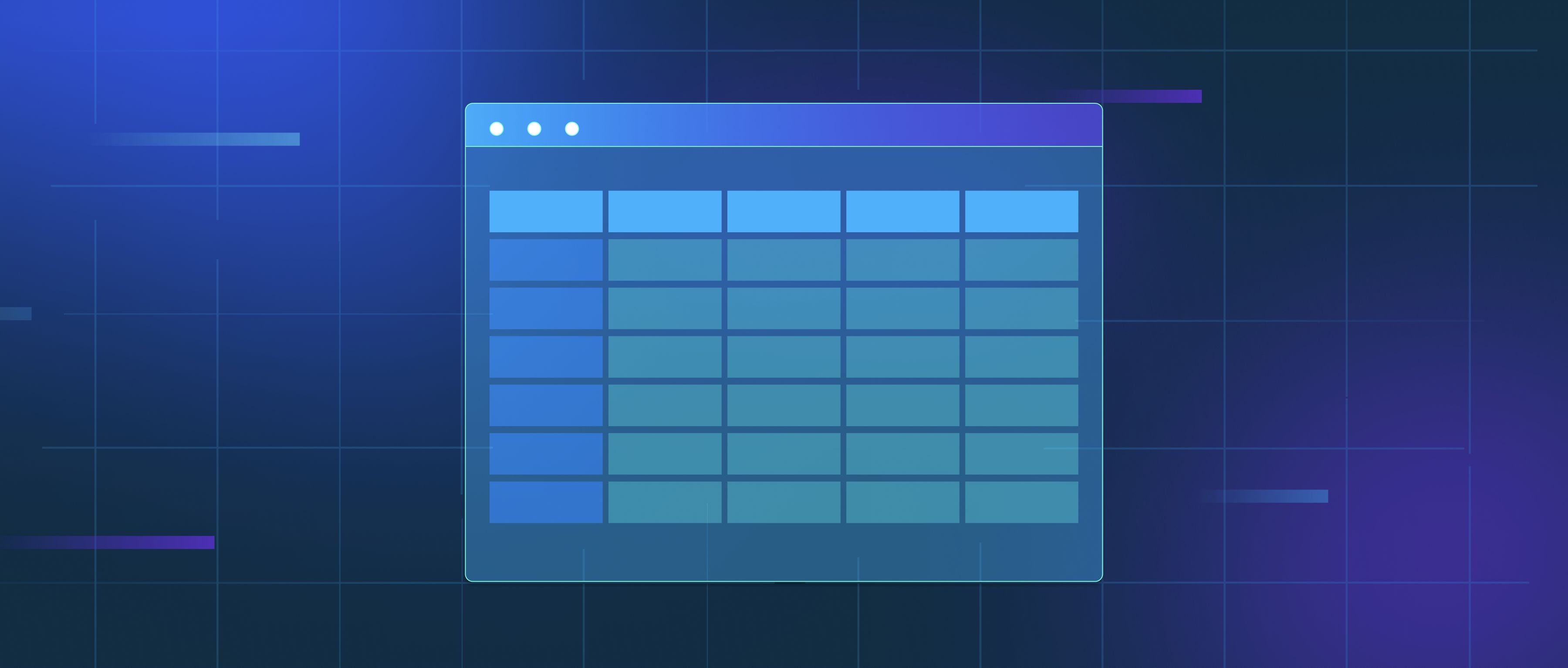LLMs are increasingly evolving to handle multimodal inputs by integrating text, images, audio, and video processing capabilities. Models like OpenAI’s GPT-4 and DeepMind’s Gemini represent early advancements in this area, demonstrating the ability to analyze and generate content across different data formats. For example, GPT-4 can interpret text and images in a single query, enabling applications like generating captions or combining visual and textual reasoning.
The evolution of multimodal LLMs involves developing architectures that can process diverse inputs in a unified way. Cross-modal attention mechanisms, for instance, allow models to link information between text and images, enhancing their understanding. Training on large-scale multimodal datasets also ensures that models learn meaningful relationships between different data types.
Future advancements are likely to improve the efficiency and accuracy of multimodal models, enabling them to handle more complex tasks like video analysis, real-time speech-to-text generation, and augmented reality applications. These developments will expand the utility of LLMs across industries, from entertainment to healthcare and beyond.
